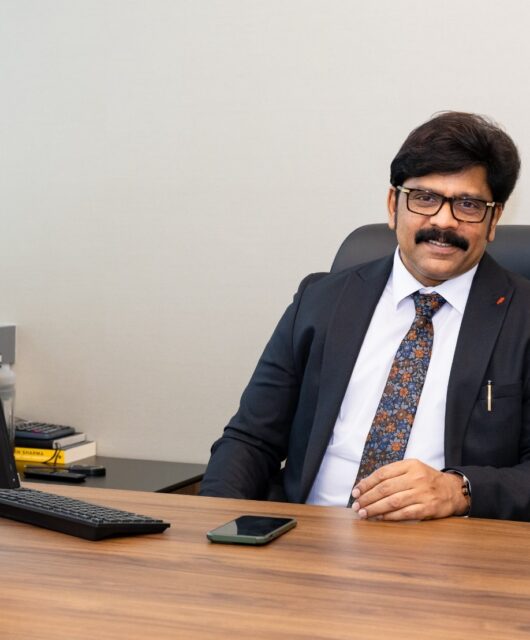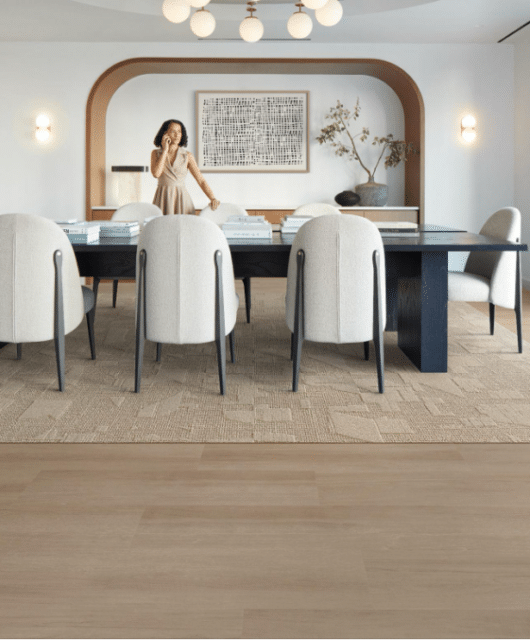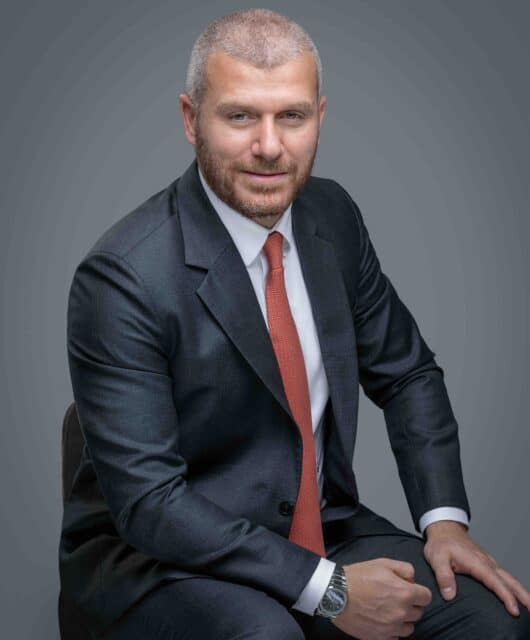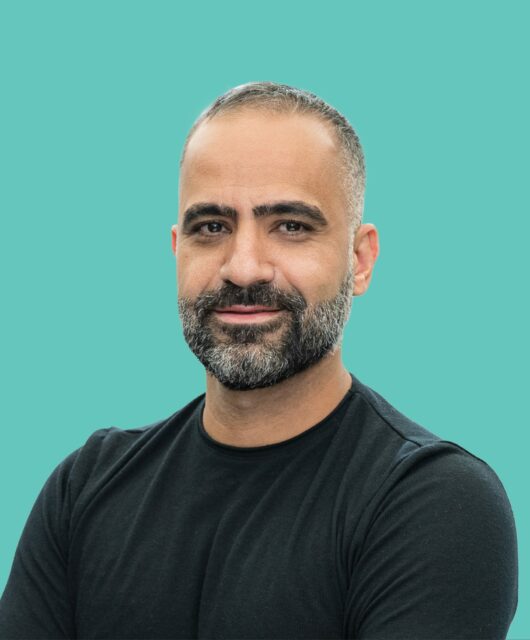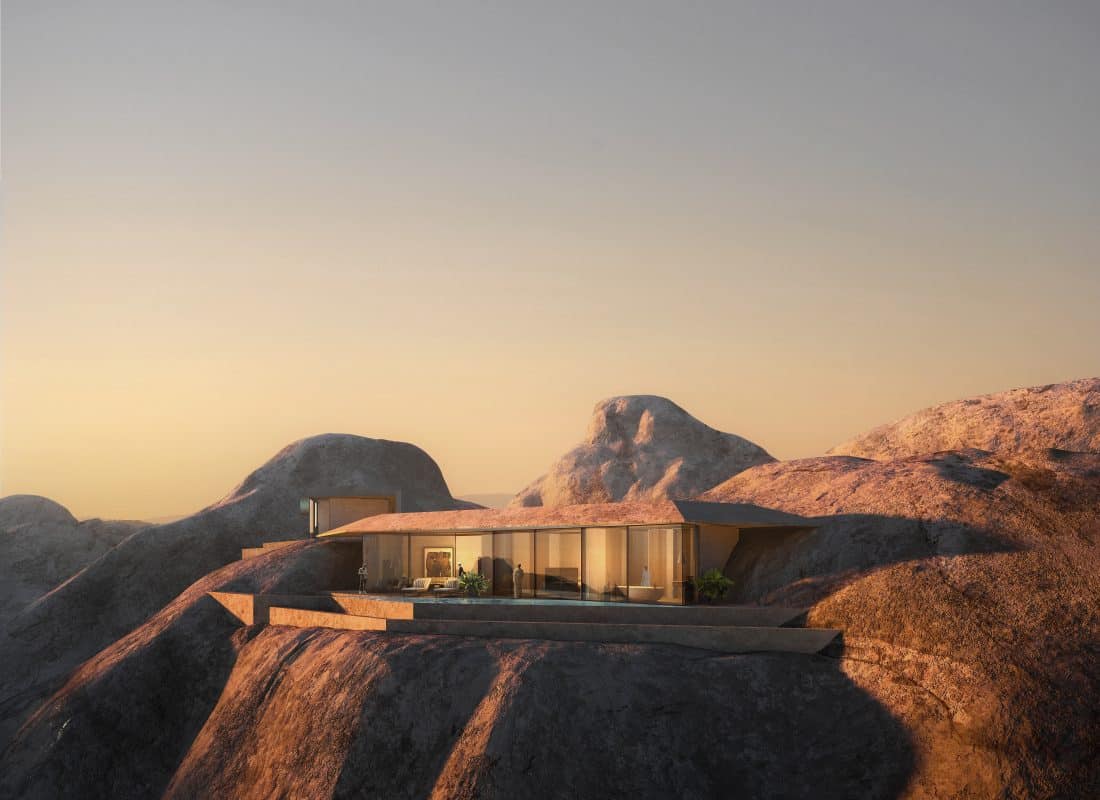 Chad Oppenheim, principal and founder at Oppenheim Architecture, discusses the Desert Rock project, a regenerative resort in Saudi Arabia’s desert that is now under construction in collaboration with The Red Sea Development Company.
Chad Oppenheim, principal and founder at Oppenheim Architecture, discusses the Desert Rock project, a regenerative resort in Saudi Arabia’s desert that is now under construction in collaboration with The Red Sea Development Company.
By Roma Arora
Tell us all about the Desert Rock Mountain Resort?
Desert Rock is a regenerative resort located in the desert of Saudi Arabia. It is currently under construction in partnership with The Red Sea Development Company. The resort’s goal is to protect, preserve, and enhance the environment, all while allowing guests to connect with nature and the local culture of the region. The resort’s architecture is fully integrated into the rocks and mountains, using the excavated material to build the structure. Stone is used for interior and exterior walls and floors, while ground stone and existing sand are used for concrete aggregate, the main building material for the entire structure. Beyond the sustainable materials and construction methods, the incorporation of energy, wildlife, and historic preservation identifies Desert Rock as a pioneer in regenerative tourism.
Phase one of the Desert Rock project is on track to welcome guests by the end of 2023. Veiled behind a hidden valley and nestled between the glorious mountains of the desert, the resort offers its occupants a choice of 48 villas and 12 hotel rooms to connect to nature and the history of the land. Ground level dwellings, hotel suites, excavated rooms in the rock massif and a number of other accommodations will also be available. To ensure uninterrupted views, most roads leading into the resort will be pushed to the edge of the main wadi and hidden behind landscape mounds. This will also minimise sound and light pollution, allowing guests to fully absorb the dramatic desert landscape. Although regeneration and sustainability were the top priorities, the resort still is extremely luxurious.
Can you describe the design process for Desert Rock, some challenges you had, and the sustainable solutions you landed on?
Our design philosophy is based on building with the land, not just on it. This led the design process in the creation of a resort that is truly regenerative at its core. We let the site guide our design and used its existing elements to add to the resort’s natural authenticity. We wove this ideology throughout the project and incorporated regenerative ideas into the elements that power the resort. Water retention and distribution systems will be utilized to harvest rainwater to renew and flourish the surrounding Wadi that will be used throughout the resort. On top of its sound and light pollution reduction and energy conservation, the resort will also house a 100-hectare Landscape Nursery that will provide 15 million local and native plants for the resort and the local community. The resort will also include a circular waste management system to achieve zero waste contribution to landfills. Sustainability was not our only goal for the resort, but also regeneration.
 How does technology help you deal with design challenges and meet sustainability goals?
How does technology help you deal with design challenges and meet sustainability goals?
Technology has been the catalyst for allowing the quick exchange of ideas/updates among the team regardless of where everyone is located. With offices and partners across the globe, we are still able to brainstorm and ultimately design Desert Rock from different locations around the world. The use of technology also aided in the visualisation of the project and helped us realise our ideas in a more tangible way.
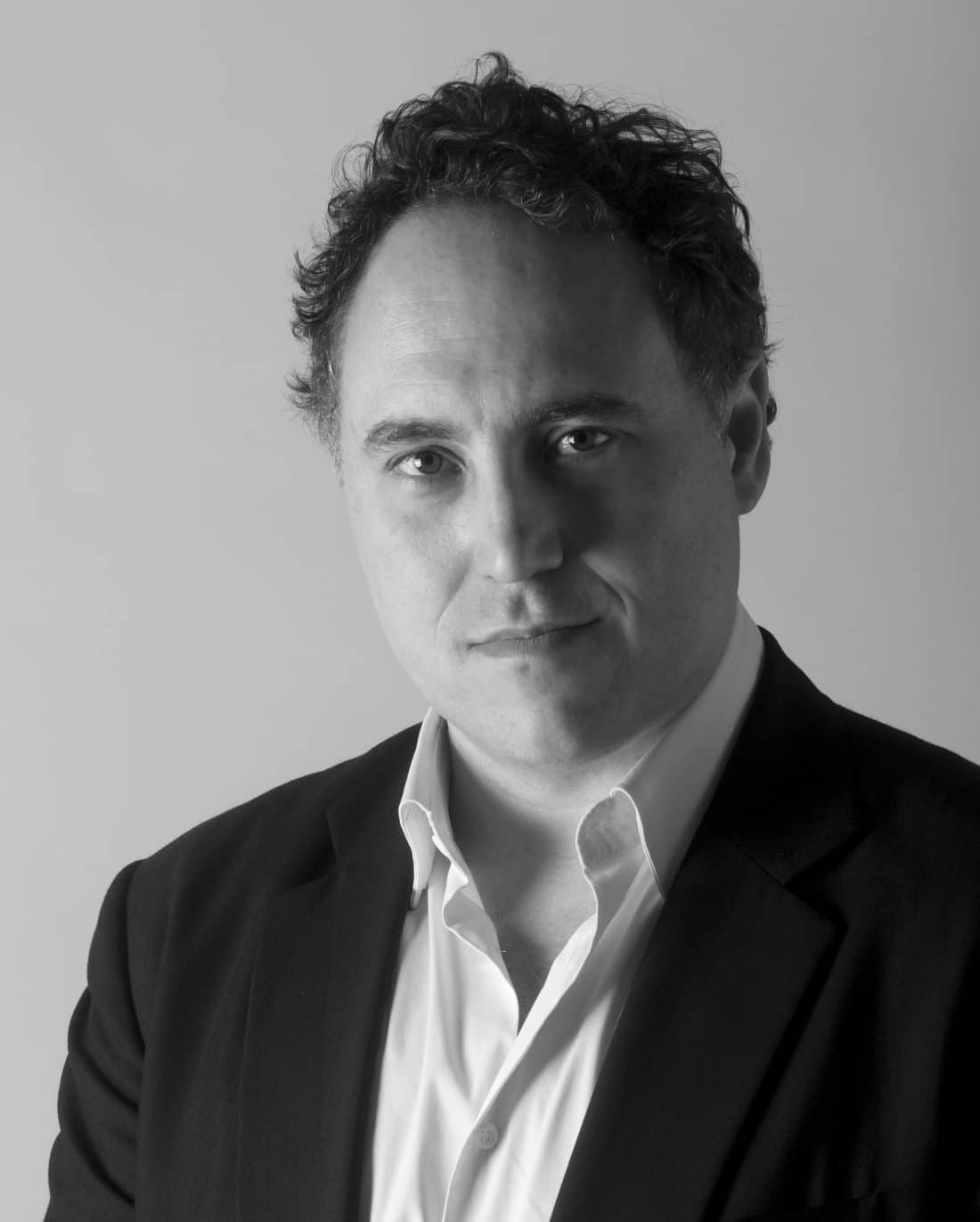
Architecture is definitely headed in the direction of working to reverse human effects on the environment. Recently, there’s been a hyperfocus on how individuals can implement sustainable living into their personal lives, and as that’s achieved, a push for hotels, restaurants and other commercial spaces to respond to this demand is likely. This next evolution in design and architecture now includes consumers’ values and encourages them to engage with environments without disturbing the history or wildlife, giving them an inside look at sustainability and its effect on all aspects of life. This is especially relevant for hotels and travel destinations— we can use smart, regenerative architectural strategies in an attempt to combat the energy taken to travel there.
How would you preserve Saudi Arabia’s culture and heritage while bringing contemporary design to life?
Desert Rock’s design was centered around the culture and heritage of Saudi Arabia and the surrounding ecosystems. We understand the importance of the Kingdom’s history as a hub for trade routes and a meeting point for many civilisations. Our team took the concept of regeneration one step further by supporting the local communities around the resort. With an understanding of the ancient history of the desert, the excursions that the resort offers will integrate the rituals of the local community by offering visitors educational tours led by local residents. There, they will be able to learn about the incense trade route and the Nabateans – an ancient Arab people who inhabited northern Arabia and the southern Levant. The resort, instead of disrupting, also supports Saudi Arabia’s ecosystem by regenerating its native flora and encouraging visitors to explore the beauty of the country by offering dune buggy tours along with spaces to stargaze and hike.
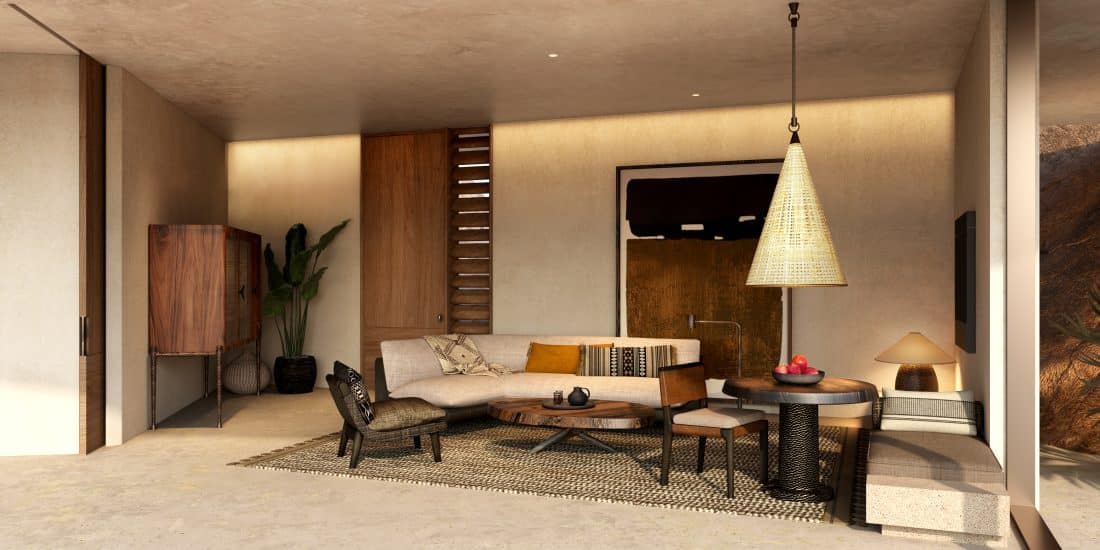 Is there any trend in architecture that you are against?
Is there any trend in architecture that you are against?
In 2022, we believe a lot of architectural trends offer minimalism, a connection to nature, and options to reduce energy-consumption, so we’re really happy with the progress the industry has made in recent years. Trends that perpetuate adverse impacts on the environment or ignore/disrupt the area’s heritage and surrounding environment are ones that we would say we do not support.
Can you describe the evolution of your work?
Our work has evolved many times since the inception of the firm in 1999. We’ve always led with the idea of creating breathtaking projects that highlight the earth’s natural beauty while still maintaining a luxurious atmosphere. Luxury at the forefront of our designs is always important, but as climate change has become an integral part of life over the past few decades it has ultimately reshaped our process. An emphasis on sustainability has become more prominent, and our designs reflect that, just as they do with increased focus on wellbeing and health. Each new climate issue adds a new facet to our designs, with our team working to solve these problems and changing the role that architecture plays as an impact on them. With new designs in new areas, the evolution of our work encompasses what we’ve learned in past projects and applies that to uncharted territories of architecture design that we’re looking forward to continuing to explore.
What is the most powerful and amazing thing about the architecture in the region?
Just as the Desert Rock resort does, much of the architecture in Saudi Arabia highlights the beauty of its culture by working with its desert climate and geography. The architecture is timeless in a sense, as it embraces the history but also shows the potential for architecture to develop as the years pass. We have a project in Aqaba, Jordan that exemplifies this – the Ayla Golf Clubhouse, a mixed-use resort at the intersection of Israel, Egypt and Saudi Arabia. After a full look through of the site, shotcrete pumps were decided as the sole machinery used to build the clubhouse, with everything else done by hand. The project was made with the land’s mineral-rich soil and its concrete shell works with Jordan’s climate with openings to capture coastal breezes and screens to filter sunlight. The Ayla Golf Clubhouse pairs with the desert landscape to emphasize its natural beauty, just as much of the architecture in the area does.
Are you planning to expand in this region? What kind of projects would you like to do?
Desert Rock itself is a growing project. We’re on track to complete phase one by the end of 2023, but there are plans for additional phases to expand what the resort has to offer. With its rich history and abundance of natural features, continuing to build projects to aid in increasing tourism in Saudi Arabia is something that we’d like to do to encourage people to immerse themselves in new, interesting cultures and environments.
Is there anything that you are afraid of regarding the future?
While the shift to sustainable tourism is encouraging, there is a concern that when the demand for eco-friendly amenities isn’t as prevalent, that hospitality architecture will revert back to a main generator of wasteful and unsustainable practices. That said, rather than fear it, we use the future as a point of encouragement recognizing that there is no threshold for greatness but rather an endless journey of new developments and creativity. We look at the wonderful projects our firm has designed since its inception, and use them as inspiration to create more innovative, regenerative projects.

